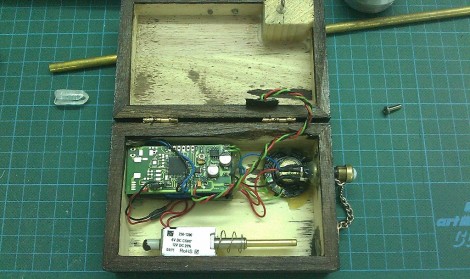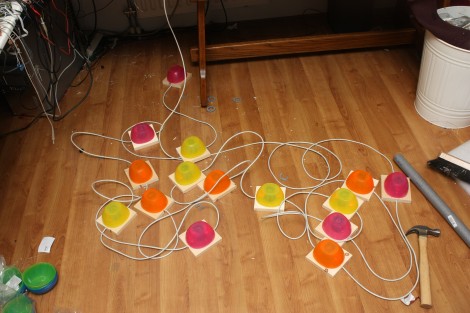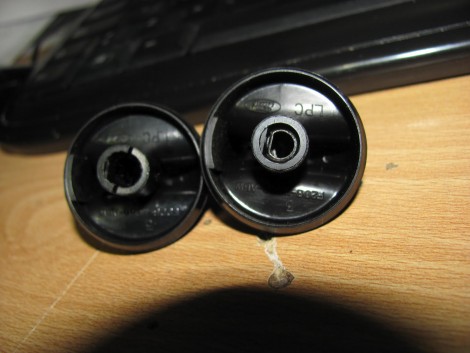[bunnie] is up to his old tricks again. He successfully implemented a man-in-the-middle attack on HDCP-secured connections to overlay video in any HDMI video stream. There’s a bonus, too: his hack doesn’t use the HDCP master-key. It doesn’t violate the DMCA at all.
HDCP is the awful encryption scheme that goes into HDMI-compatable devices. Before HDCP, injecting video overlays or even chroma keying was a valid interpretation of fair use. [bunnie] thinks that HDMI devices should have the same restrictions analog devices have, so he decided to funnel his own video into his TV.
The build uses the NeTV, a handy and cheap FPGA board with an HDMI input and output. [bunnie] got the FPGA to snoop the HDMI bus and decide if a pixel needs to be changed or not. This isn’t much different from what researchers in Germany did a few months ago, but unlike the academic security researchers, [bunnie] gives you a shopping list of what to buy.
As an example of his work, [bunnie] implemented something like a ‘tweet ticker’ on HDCP-encrypted video. There’s very little the NeTV setup can’t do from chroma keying, filters, or simply dumping the HDMI stream to a hard disk. Check out the slides from [bunnie]’s talk to get better idea of what he did.
[PAPPP] found a video of the talk in question. Check that out after the break.
Continue reading “Overlaying Video On Encrypted HDMI Connections”

















